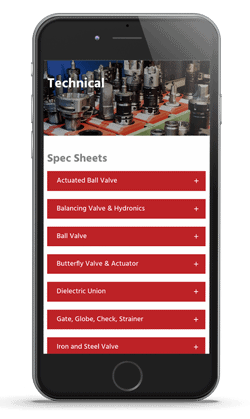-
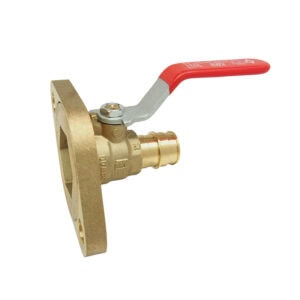 View Details
View Details2424AB DZR Lead Free Brass PEX Pump Flange Ball Valve
$59,345,792,292.00 Add to cart -
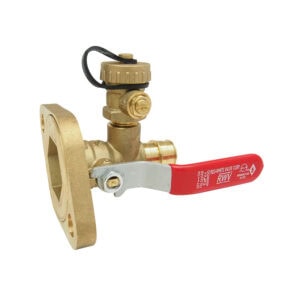 View Details
View Details2425AB DZR Lead Free Brass PEX Pump Flange Ball Valve with Drain
$59,345,792,292.00 Add to cart -
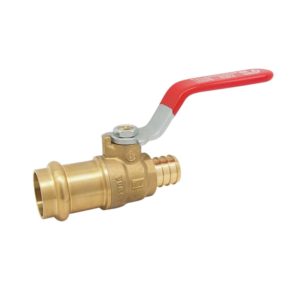 View Details
View Details5004AB DZR LF Brass PEX (F1807) Transition Ball Valve
$59,345,792,292.00 Add to cart -
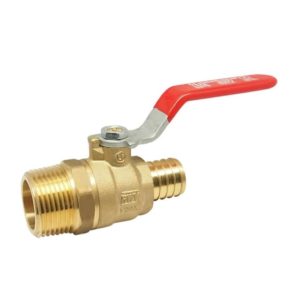 View Details
View Details5006AB DZR LF Brass PEX (F1807) Transition Ball Valve
$59,345,792,292.00 Add to cart -
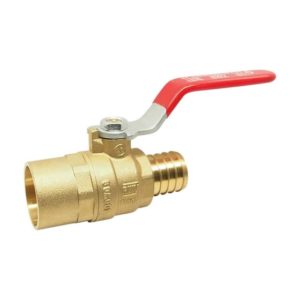 View Details
View Details5007AB DZR LF Brass PEX (F1807) Transition Ball Valve
$59,345,792,292.00 Add to cart -
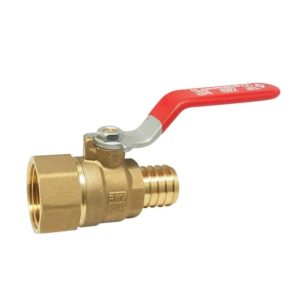 View Details
View Details5008AB DZR LF Brass PEX (F1807) Transition Ball Valve
$59,345,792,292.00 Add to cart -
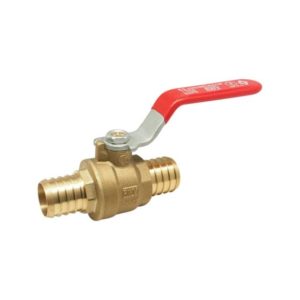 View Details
View Details5009AB DZR LF Brass PEX (F1807) Ball Valve
$59,345,792,292.00 Add to cart -
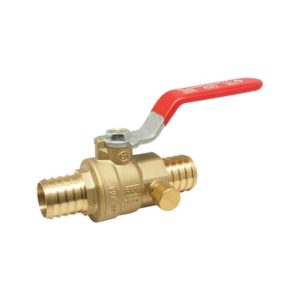 View Details
View Details5009ABD DZR LF Brass PEX (F1807) Ball Valve with Drain
$59,345,792,292.00 Add to cart
Cross-linked polyethylene (PEX) tubing are flexible materials used in many water line systems. PEX valves regulate water flow and pressure in PEX tubing systems and are available in various sizes and configurations. PEX valves themselves are usually made of lead-free brass. One of RED-WHITE VALVE CORP.’s main product lines includes dezincification-resistant (DZR) lead-free brass valves, which provide enhanced corrosion resistance compared to regular brass. With added longevity and contamination-free operation, DZR lead-free brass valves are ideal for potable water systems.
PEX shut-off valves are easy to install and provide years of trouble-free service. RED-WHITE VALVE CORP. offers a selection of PEX valves for diverse water line applications. Learn more about this unique type of valve, including the benefits and considerations when choosing the ideal PEX valve.
Types of PEX Valves
Depending on their design, you can join valves, fittings, and pipes in various ways. Here are the connection types available from RED-WHITE VALVE CORP.
F-1807
These connections are made per the ASTM F1807 standard. Installing valves with this type of connection necessitates using a proper crimp ring and PEX tube or pipe. Also follow these steps:
- Slide the crimp ring over the piping or tubing end.
- If using a tailpiece, install the union nut over the tailpiece before attaching it to the piping or tubing.
- Insert the valve until it stops at the end of the piping or tubing.
- Place the crimp ring 1/8 to 1/4 inch from the piping/tubing end and over the valve ribs.
- Use a crimping tool to tighten the crimp ring.
- Use a gauge to ensure the crimp was formed correctly.
Browse our selection of F-1807 connection types here.
F-1960
These connections are made per the ASTM F1960 standard. Using them in installing a valve necessitates the use of a compatible ring and PEX tube or pipe. It also requires following these steps:
- Place the ring around the PEX pipe or tube.
- If using a tailpiece, install the union nut over the tailpiece before attaching it to the tube or pipe.
- Use an expander tool to expand the PEX pipe/tube and ring.
- Place the enlarged assembly onto the PEX valve.
See our F-1960 connections here.
EVERLOC+®
These connections use the proprietary REHAU EVERLOC+® method. Installation of valves with EVERLOC+® compression-sleeve connections mandates the use of EVERLOC+® PEXa compression sleeves and REHAU PEXa tubes or pipes. You should only use EVERLOC+® compression sleeve tools to install the components. Look through our EVERLOC+® product line here.
Considerations for Choosing Your PEX Valve
Before settling on a water shut-off valve for your PEX piping system, it’s important to understand the required regulations, codes, standings, and listings for your application.
Regulations and Codes
Regulations for piping components and systems are established by building codes, manufacturing standards, and listings. These regulations cover the production, installation, and inspection of these systems to promote occupant health and building safety.
PEX valves must comply with the International Plumbing Code (IPC), the International Residential Code (IRC), the National Standard Plumbing Code (NSPC), and the Uniform Plumbing Code (UPC) for all residential potable plumbing applications. There are other codes to follow depending on whether your application is for commercial potable plumbing, as well as residential or commercial hydronic cooling and heating applications.
Standings and Listings
Valves used in potable water systems must be listed and certified to all or some of the following standards and specifications:
- ASTM F877
- ASTM F1960
- NSF/ANSI 14
- NSF/ANSI 359
- NSF/ANSI 61
- NSF/ANSI 372
- ASME A112.18.1
Advantages of PEX Tubing
PEX tubing is flexible piping that offers many benefits compared to conventional rigid piping. You can make a long run without stopping in corners or joints, as well as thread extensive runs through studs and joists. PEX tubing doesn’t swell or leak even when exposed to high humidity and won’t burst if the lines freeze. Installing joints is also simpler, as adding fittings only requires you to use a crimping tool to crimp metal rings over barbed fittings. You can also connect PEX tubing to chlorinated polyvinyl chloride (CPVC) and copper pipes.
PEX Valves From RED-WHITE VALVE CORP.
Since 1971, RED-WHITE VALVE CORP. has manufactured valves and fittings for the plumbing, industrial, commercial, and HVAC markets. By manufacturing the products ourselves, we ensure the best quality, standards, and pricing.
Contact us today to learn more about our products and services, or request a quote for pricing information.

